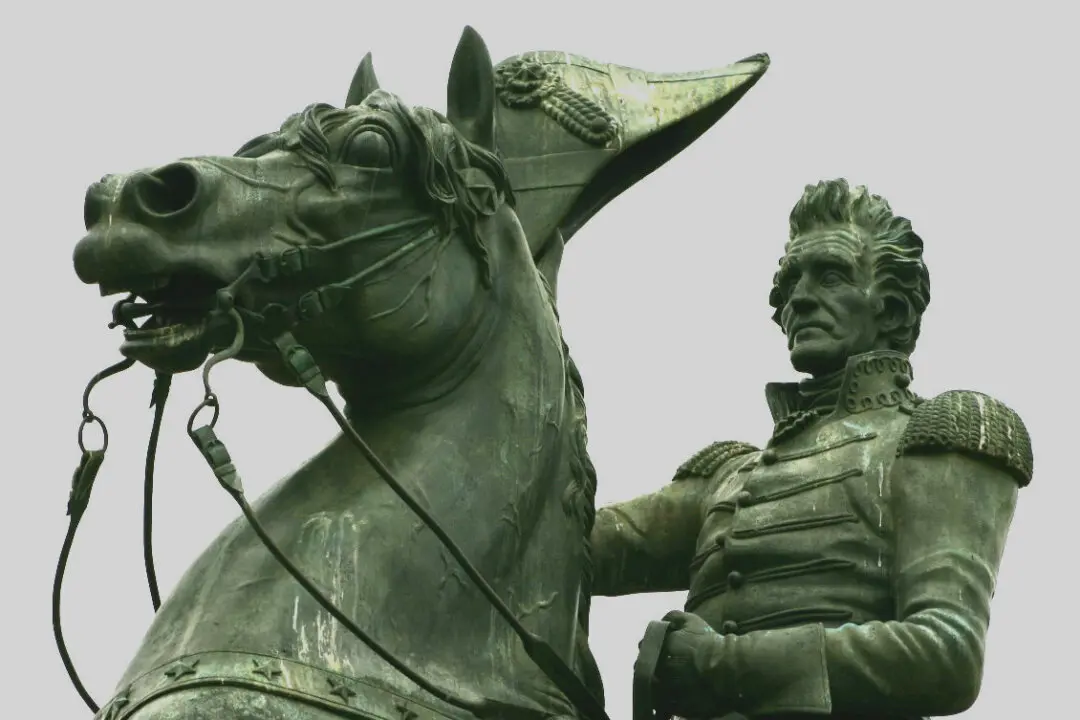During Hollywood’s Golden Age, relationships between men and women were usually depicted very romantically. Boy meets girl, they fall in love, and they get married. Under the Motion Picture Production Code, which ensured wholesome content from the 1930s into the 1950s, traditional marriage was upheld. However, the Code permitted filmmakers to explore marital mix-ups, misunderstandings, and mayhem.
In the 1930s and early 1940s, a popular film genre was the screwball comedy. At the time, “screwball” was a slang term for a crazy person, so crazy things happened in screwball comedies. With a lot of misunderstandings and confusion, the humor is usually based on funny or crazy dialogue instead of physical comedy.






